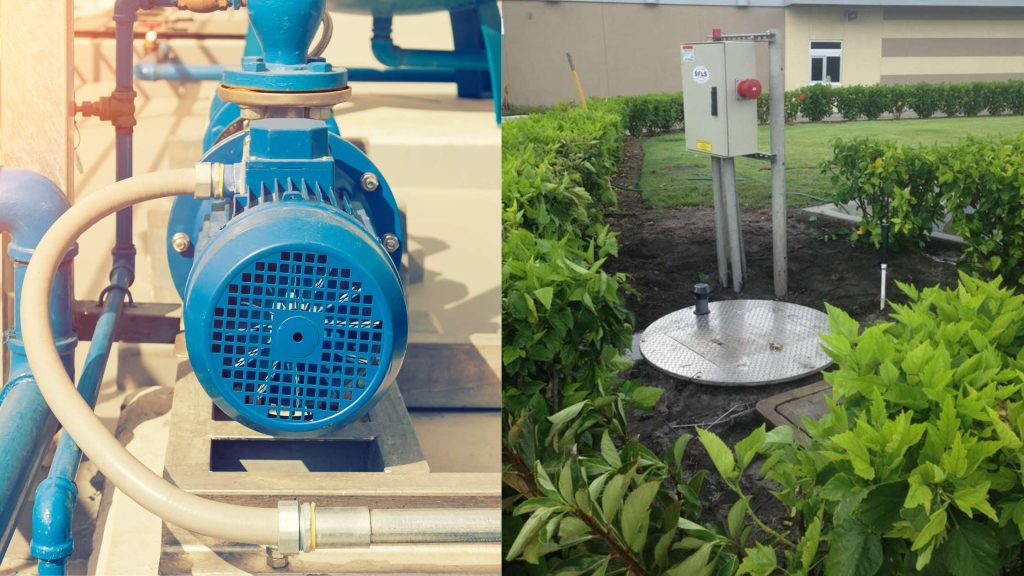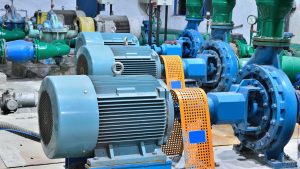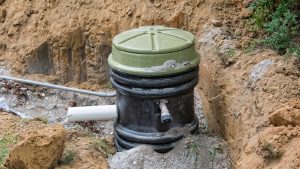Did you know that in the United States alone, there are over 20,000 lift stations and pump stations supporting municipal wastewater systems? Understanding the nuances between these essential components can be crucial for optimizing your sewage infrastructure.
As you explore the functionalities and advantages of lift stations and pump stations, you’ll gain valuable insights that can enhance your understanding of wastewater management practices.
Stay tuned to uncover the intricate details that differentiate these systems and how they play a vital role in maintaining efficient sewage networks.
Functionality and Purpose
When considering lift stations and pump stations, understanding their distinct functionality and purpose is crucial for effective system operation. Lift stations are designed to move wastewater from a lower to a higher elevation, using pumps to facilitate this process. They’re essential in areas where the terrain doesn’t allow for a gravity flow system.
On the other hand, pump stations are used to transport water from one location to another, often over long distances or challenging terrains. Pump stations are commonly employed in water distribution systems, irrigation, and sewage treatment plants.
While both types of stations involve pumping mechanisms, lift stations focus on elevation changes within a localized area, whereas pump stations concentrate on moving fluids over greater distances. By grasping these differences, you can ensure that the right station is selected for the specific requirements of your system, thus optimizing its overall performance and efficiency.
Design and Components
Understanding the distinct functionality and purpose of lift stations and pump stations, it’s essential to now explore their unique design and components.
Lift stations are typically underground structures that consist of a pump, a control panel, an alarm system, and a wet well. The wet well collects wastewater or sewage before the pump activates to lift the effluent to a higher elevation.
In contrast, pump stations are above-ground structures that house similar components but are usually enclosed in a building for protection against environmental elements. Pump stations often include pumps, pipes, valves, control panels, and backup power systems to ensure continuous operation.
Both types of stations require careful design to meet specific flow rate and head requirements, and their components must be selected based on factors like the type of liquid being pumped, the distance the liquid needs to be moved, and the station’s intended use.
Installation and Placement
For optimal functionality, consider the strategic positioning of lift stations and pump stations during installation. Proper installation and placement are crucial for the efficient operation of these systems. When installing a lift station, ensure it’s located in a spot where gravity can assist in moving the wastewater. Placing it at a lower elevation than the connected plumbing fixtures will aid in the smooth flow of sewage. Additionally, make sure there’s enough space around the station for maintenance and repairs.
On the other hand, pump stations need to be strategically placed to accommodate the pumping requirements effectively. Position the pump station close to the water source or where the water needs to be pumped to minimize energy consumption. It’s important to consider factors like elevation, distance, and the type of pump being used when determining the placement of a pump station.
Operation and Maintenance
To maintain the efficiency of your lift or pump station, regular servicing by trained technicians is essential. Proper operation and maintenance are crucial to prevent costly breakdowns and ensure the smooth functioning of your equipment. Here are some key points to consider:
- Scheduled Inspections: Regularly scheduled inspections help identify potential issues before they become major problems.
- Cleaning and Lubrication: Keeping components clean and properly lubricated enhances performance and extends the lifespan of your equipment.
- Monitoring Performance: Regularly monitoring the performance of your station allows you to catch any deviations from normal operation early on.
- Emergency Response Plan: Having a well-defined emergency response plan in place ensures quick action in case of unexpected failures.
- Training and Documentation: Providing training for staff members and keeping detailed maintenance records can aid in troubleshooting and future maintenance efforts.
Cost and Efficiency
Enhancing the cost-effectiveness and efficiency of your station requires strategic maintenance planning and investment in quality equipment. When considering the cost aspect, lift stations generally have lower installation expenses compared to pump stations due to simpler infrastructure requirements. However, pump stations might offer long-term savings through lower energy consumption and maintenance costs.
Efficient equipment selection is vital; investing in energy-efficient pumps and controls can lead to substantial savings over time. Regular maintenance is key to maximizing efficiency and avoiding costly breakdowns. Conducting routine inspections, cleaning components, and promptly addressing any issues can prevent major repairs and extend the lifespan of your station.
Additionally, optimizing pump performance by adjusting control settings and monitoring flow rates can further enhance efficiency. By prioritizing cost-effective strategies and utilizing quality equipment, you can ensure your station operates efficiently while minimizing expenses in the long run.
Elevating Your Wastewater Solutions with South Florida Lift Stations
When choosing between a lift station and a pump station for your wastewater management needs, consider the specific challenges and requirements of your system. South Florida Lift Stations excel in handling gravity-defying scenarios, while pump stations are effective at moving wastewater against natural forces.
By understanding the differences in functionality, design, installation, operation, maintenance, cost, and efficiency, you can make informed decisions to ensure the smooth operation of your sewage system.
If you’re seeking reliable lift station solutions tailored to South Florida’s unique needs, contact South Florida Lift Stations today at (239) 332-0041. Let our expertise elevate your wastewater management infrastructure for a sustainable future.








